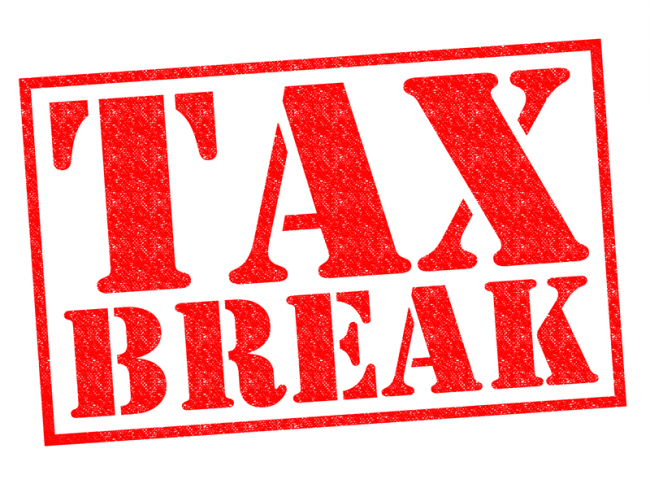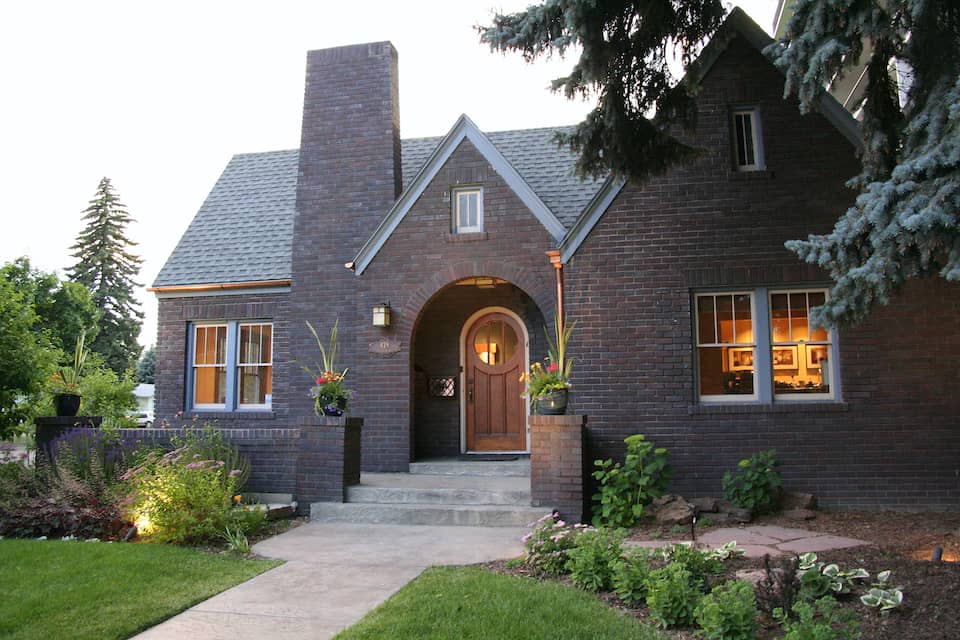 It’s that time of year when “green” is on the brain. St. Patrick’s Day is coming up. Spring is right around the corner. And as tax return forms are prepped and filed, a lot of our hard-earned greenbacks are on their way to Uncle Sam.
It’s that time of year when “green” is on the brain. St. Patrick’s Day is coming up. Spring is right around the corner. And as tax return forms are prepped and filed, a lot of our hard-earned greenbacks are on their way to Uncle Sam.
A home improvement project might be just the thing to ease your tax burden and keep some green in your wallet. Turbo Tax advisors and the federal ENERGY STAR program share the following tax-saving tips for homeowners:
Home Energy Tax Credits
Tax credits are available for select ENERGY STAR products through December 31, 2014. Eligible products fall under the following six categories: 1.) biomass stoves; 2.) heating, venting, air conditioning (HVAC); 3.) insulation; 4.) roofs; 5.) water heaters; and, 6.) windows and doors. Tax credit amounts vary and can only be applied to an existing primary residence. New construction, second homes and rentals do not qualify.
Tax credits are also available for approved energy-generation systems placed in residential service through December 31, 2016. You can receive a one-time federal tax credit of 30% of the cost of qualifying geothermal heat pumps, solar water heaters, fuel cells, solar panels or small wind turbines. Except for fuel cells, which must be installed at your primary residence to qualify, the credit can also apply to a second home (but not a rental). According to Turbo Tax experts, “… the 30% credit applies to the cost, including labor and installation, and there is no maximum limit (except for fuel cells). For example, if you purchase and install a small wind turbine for $10,000, you get a $3,000 tax credit right off the bat – not counting the future savings on your electric bill.” This tax credit must be taken in the tax year the item was placed in service, and a Manufacturer Certification Statement is needed to qualify. Visit energystar.gov for complete details and how to claim your credits.
Medical Improvement Deductions
Home improvements may be deducted from your income as medical expenses if deemed medically necessary and reasonable. Examples include the installation of wheelchair-accessible entrance and exit ramps, adding handrails, and widening doors and hallways, to name a few.
Home Sale Exemption
When you sell your home, you can avoid paying capital gains tax if your profit is $250,000 or less ($500,000 if married filing jointly). Home improvements can add to your tax basis, and your tax basis is the amount you subtract from your sales price to determine profit. Capital improvements – such as building an addition, replacing the roof, adding storm windows or remodeling the kitchen – add value to your home and may help you avoid capital gains tax when you sell. Cost of repairs, however, cannot be added to your basis. To learn more about capital gains tax and allowable home improvement deductions visit irs.gov or contact your local IRS office.
If you have questions about tax credits, deductions and exemptions, consult your tax advisor. It may cost a little green to work with a tax professional, but the sound advice and service they provide is often worth its weight in gold.
And finally, we encourage you to check out water and energy efficiency programs and rebates through Fort Collins Utilities. While this last tip isn’t tax-related, the City might help you save money and think green if you plan to spruce up your home in 2015.
###
An edited version of Dwight’s and Bryan’s Building Solutions column appeared in the March 7, 2015 Fort Collins Coloradoan newspaper. The full column appears in this blog.

